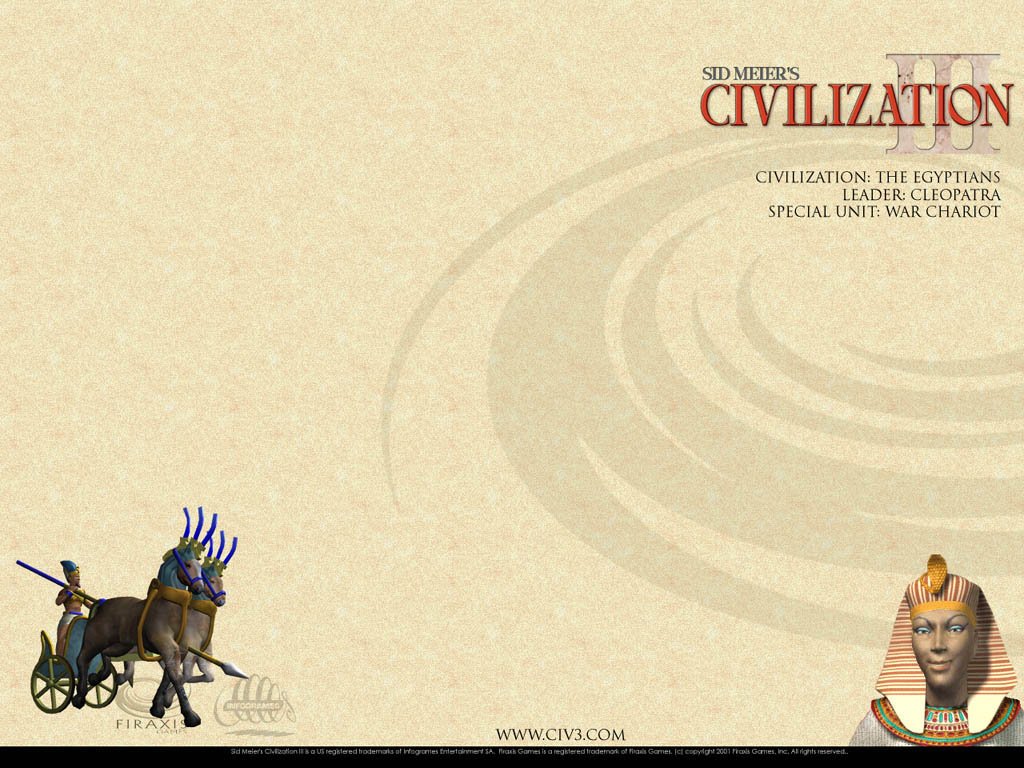
Geophysical Research Letters (Volume 47, Issue 8, 28 April 2020, e2020GL087291. Continuity of ice sheet mass loss in Greenland and Antarctica from the GRACE and GRACE Follow‐On missions. Velicogna, I., Mohajerani, Y., A, G., Landerer, F., Mouginot, J., Noel, B., Rignot, E., Sutterly, T., van den Broeke, M., van Wessem, M., Wiese, D. Heat stored in the Earth system: where does the energy go? Earth System Science Data (Volume 12, Issue 3, 07 September 2020), 2013-2041. G., Kolodziejczyk, N., Lyman, J., Marzeion, B., Mayer, M., Monier, M., Monselesan, D., Purkey, S., Roemmich, D., Schweiger, A., Seneviratne, S., Shepherd, A., Slater, D., Steiner, A., Straneo, F., Timmermans, ML., Wijffels, S.

Von Schuckmann, K., Cheng, L., Palmer, D., Hansen, J., Tassone, C., Aich, V., Adusumilli, S., Beltrami, H., Boyer, T., Cuesta-Valero, F., Desbruyeres, D., Domingues, C., Garcia-Garcia, A., Gentine, P., Gilson, J., Gorfer, M., Haimberger, L., Ishii, M., Johnson, G., Killick, R., King, B., Kirchengast. NOAA National Centers for Environmental Information. NCEI ocean heat content, temperature anomalies, salinity anomalies, thermosteric sea level anomalies, halosteric sea level anomalies, and total steric sea level anomalies from 1955 to present calculated from in situ oceanographic subsurface profile data (NCEI Accession 0164586).

"The Anthropocene Equation," The Anthropocene Review (Volume 4, Issue 1, April 2017), 53-61.

Vostok ice core data NOAA Mauna Loa CO2 record IPCC Sixth Assessment Report, WG1, Chapter 2 Gilbert Plass formulated the Carbon Dioxide Theory of Climate Change in 1956. In 1941, Milutin Milankovic linked ice ages to Earth’s orbital characteristics. In 1938, Guy Callendar connected carbon dioxide increases in Earth’s atmosphere to global warming. In 1896, a seminal paper by Swedish scientist Svante Arrhenius first predicted that changes in atmospheric carbon dioxide levels could substantially alter the surface temperature through the greenhouse effect. In the 1860s, physicist John Tyndall recognized Earth's natural greenhouse effect and suggested that slight changes in the atmospheric composition could bring about climatic variations. In 1856, Eunice Foote discovered that blanket, showing that carbon dioxide and water vapor in Earth's atmosphere trap escaping infrared (heat) radiation. He suggested something in the atmosphere must be acting like an insulating blanket. In 1824, Joseph Fourier calculated that an Earth-sized planet, at our distance from the Sun, ought to be much colder. al., "An astronomically dated record of Earth’s climate and its predictability over the last 66 million years," Science vol.

Santer et.al., “ Contributions of Anthropogenic and Natural Forcing to Recent Tropopause Height Changes,” Science vol. Ramaswamy et.al., “ Anthropogenic and Natural Influences in the Evolution of Lower Stratospheric Cooling,” Science 311 (24 February 2006), 1138-1141ī.D. Hegerl, “ Detecting Greenhouse-Gas-Induced Climate Change with an Optimal Fingerprint Method,” Journal of Climate, v. Santer et.al., “ A search for human influences on the thermal structure of the atmosphere,” Nature vol 382, 4 July 1996, 39-46 IPCC Sixth Assessment Report, WGI, Technical Summary.ī.D.


 0 kommentar(er)
0 kommentar(er)
